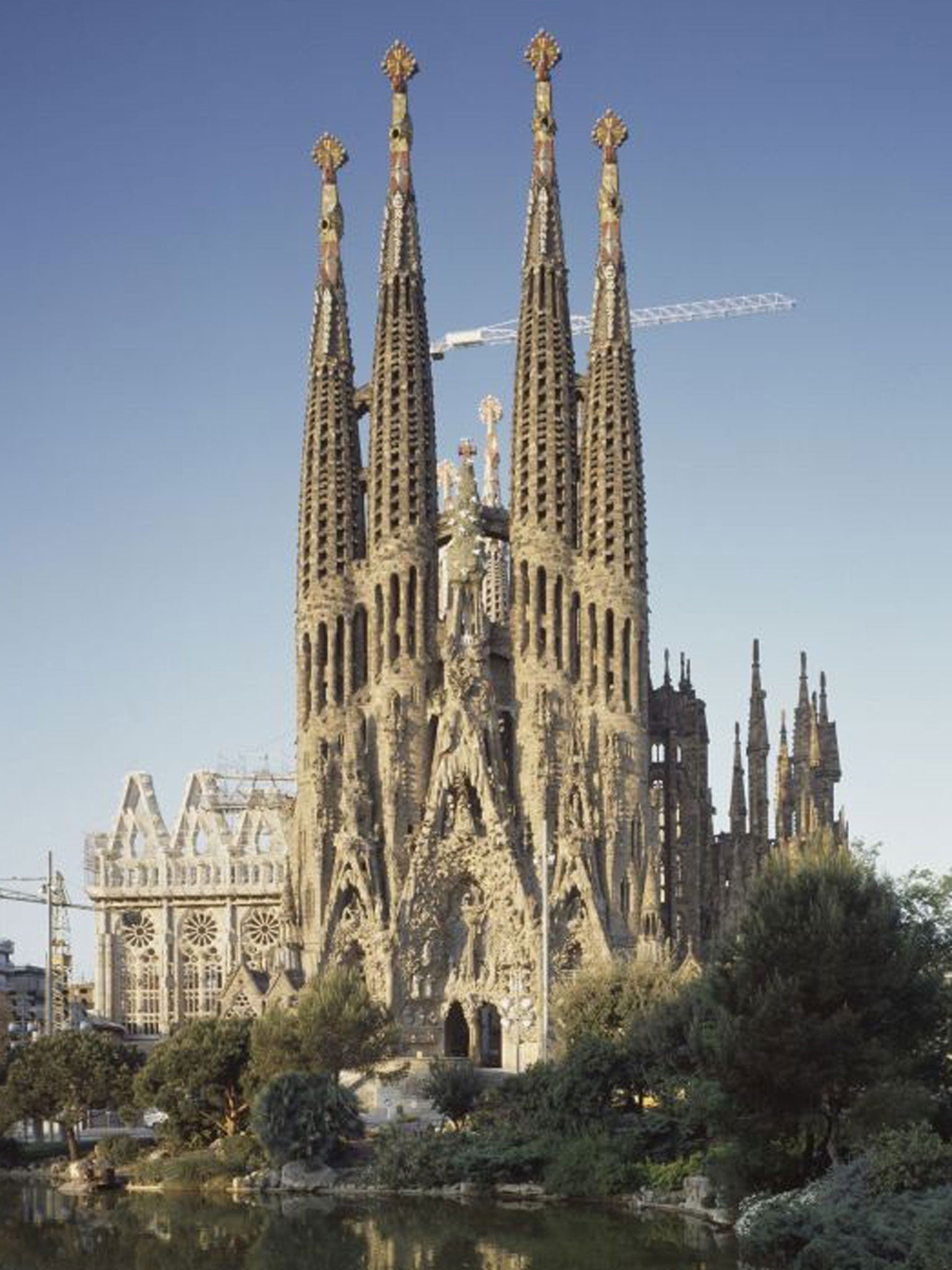What makes a cult building?

Every city in the world is commissioning architects to design iconic architecture – a production line of ever flashier-looking objects of grim bread-and-circuses banality. Why does it takes a tramp-like Catalonian vegetarian, and a young Italian with Mussolini on his mind to remind us that architecture – really engrossing architecture – is worthy of cult worship.
The Catalonian was Antonio Gaudi, whose masterpiece is the Sagrada Familia church in Barcelona (pictured), and our Italian Modernist was Giuseppe Terragni, whose Casa del Fascio in Como, a severely stripped-down reinterpretation of a classical palazzo, remains absolutely legendary to architects more than seven decades after its completion.
Cult Buildings, a new book by the architectural historian Kenneth Powell, digs into the phenomena of these rare architectural beasts. Herzog and De Meuron's extension to Tate Modern will get its 15 minutes of Warholian fame, but not the reverential status of the six-storey railway signal building in Basle that they designed in 1994 – a concrete structure caged in thin copper louvers, an ambiguous abstraction of functionality with the stark heft of a Donald Judd sculpture.
And in Italy, why are the tortuous concrete, stone and brick sinews of Giovanni Michelucci's Church of the Autostrada near Florence a pilgrimage site for architectural teachers and their students? Why is John McAslan, who led the transformation of King's Cross station, besotted with a 1923 hat factory in Germany designed by Erich Mendelsohn?
It's because buildings like these challenge us to see form, materials, light, shadow and space in new ways – even decades after their completion.
Some cult buildings exist only on paper. Etienne-Louis Boullée's design for the Bibliotheque du Roi in 1785 is absurdly pretentious, but something about its how-very-dare-you form is seductively ambiguous. Is it a Hitlerian palace of dreams, or a heavenly stage set from the film, A Matter of Life and Death?
The only contemporary building likely to become cult architecture is the China Central Television Headquarters headquarters in Beijing, designed by Rem Koolhaas. The structure is essentially a skyscraper wrenched into an angular puzzle of vertical and horizontal sections – Western capitalist architecture made to buckle, and kneel, to another culture.
And the Shard? Shrink-wrapped real estate, architectural shock-and-bore serving a quick-change world strewn with the disposable architectural toys of the blind god of big things.
'Cult Buildings', by Kenneth Powell, is published 19 April
Join our commenting forum
Join thought-provoking conversations, follow other Independent readers and see their replies
Comments
Bookmark popover
Removed from bookmarks